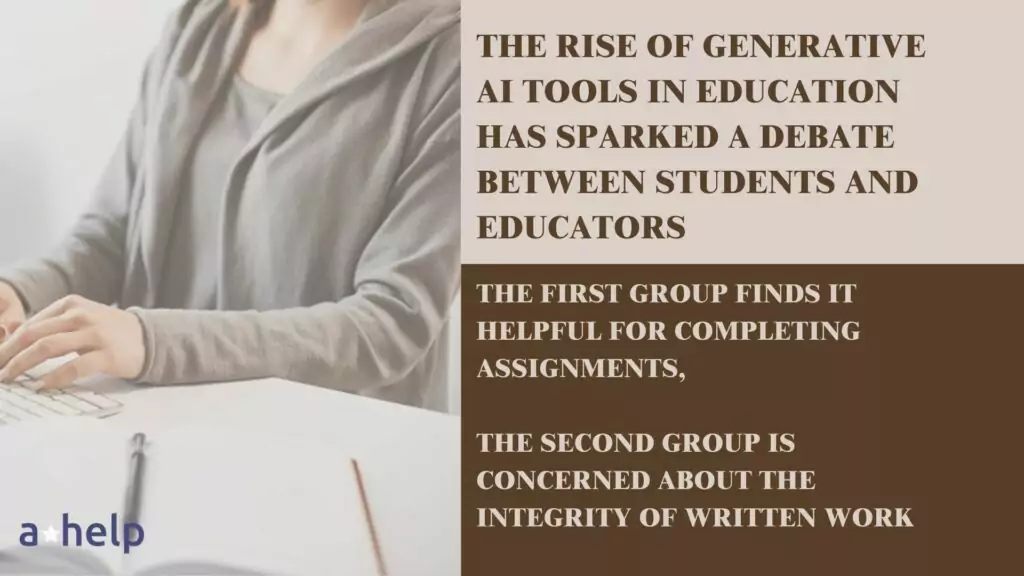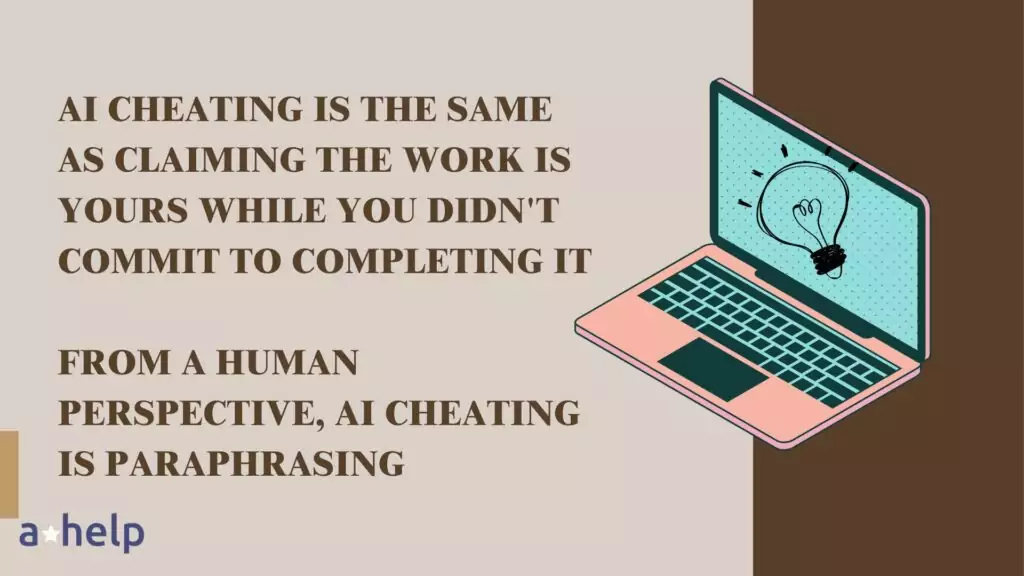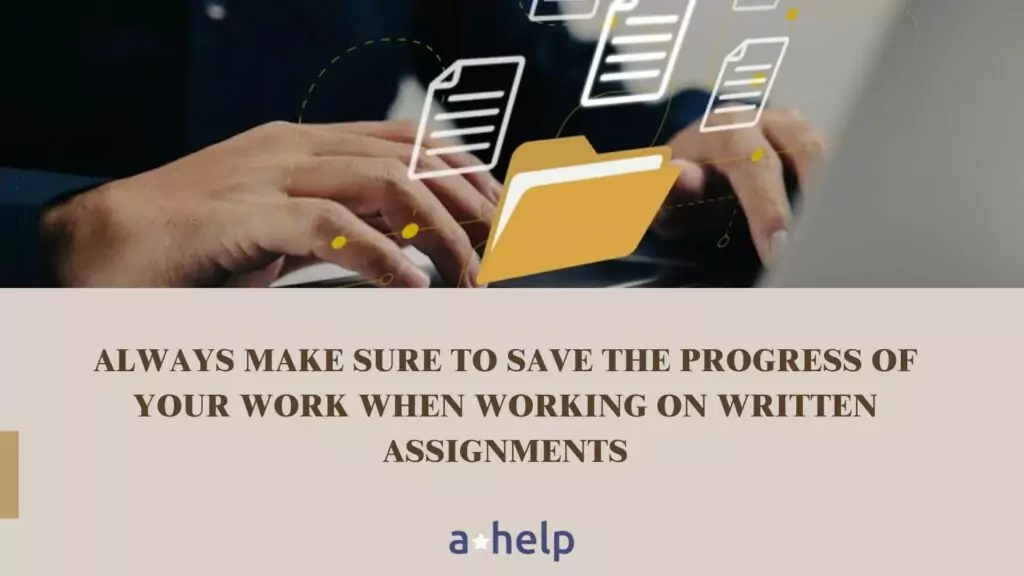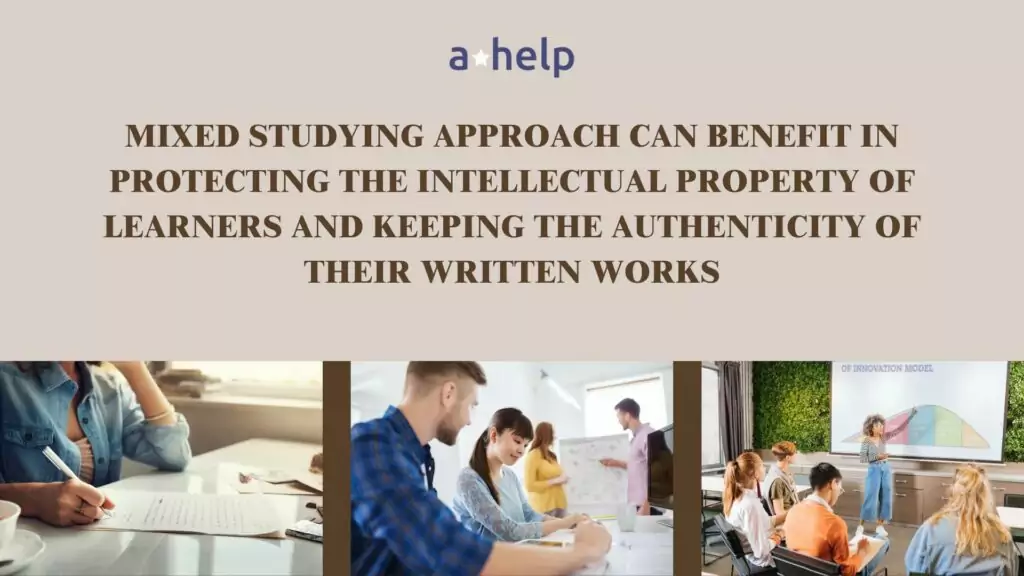AI technology is penetrating all spheres of our lives and education is no exception. It pops the question: Can AI detectors secure the integrity of written assignments? Professors and experts voice their thoughts on the subject.

✅ AI Essay Writer ✅ AI Detector ✅ Plagchecker ✅ Paraphraser
✅ Summarizer ✅ Citation Generator
Back-to-school season this year is no different than all previous ones – except that in fall 2023, when students will be returning to classes, so will AI. The rollout of Generative AI had all students excited. Finally, they had tools that could help with their homework assignments in a few clicks. However, educators felt an odd aftertaste of the popularization of AI. Despite the bans, changes in education policies, and repeated inquiries into the false use of AI, this advanced tech still has its assigned seat in the classroom.
AcademicHelp partnered with PlagiarismCheck, developing plagiarism and AI detection solutions, to discuss the modern problem the education system faces and raise the emerging problem of AI-driven plagiarism.

How is AI cheating different from plagiarism?
Starting with the basics, what is plagiarism, and how can one define it? Plagiarism is an act of presenting someone’s work as your own. It has been a concern in academia and other areas of content creation for a while. Despite various techniques of masking, tools that check plagiarism managed to catch [almost] all of them, linking to a potentially original source.
Now, let’s clarify the definition of AI cheating. In practice, it has the exact nature of claiming the work is yours while you didn’t commit to completing it. From a human perspective, AI cheating is paraphrasing. AI generators understand the main idea and generate a sentence using words from various sources to describe this idea.
If a student did this, it would be fine. However, a student outsources this job to ChatGPT and receives a text with close to 0 effort, which is not treated as an assignment completion.
Another unexpected problem is that AI generators provide texts that may contain potential plagiarism. So a student gets in trouble not only because of AI but also because of plagiarism.

How to be safe from accusations of academic dishonesty with AI
In the previous academic year, the education system was experiencing turbulent times, not knowing how to protect the integrity and authenticity of the written assignments.
When AI first gained a lot of attention among students, detectors could not spot generated texts. As a result, teachers could not nip this form of cheating activity in the bud. Eventually, even an advanced AI detector by OpenAI – AI Text Classifier – was considered to be imprecise and eventually shut down. Additionally, there were many cases when students’ work was falsely flagged for the alleged presence of AI. Due to these issues, colleges and universities had to reconsider their AI detection policies leading up to the fall semester. Some institutions made a choice to discontinue AI detection features in their software portfolio.
“AI detectors do not detect AI, as there is no way to be 100% sure the text is AI-generated. AI detectors are trained on certain data, where they should learn what is typical in AI and human texts. So what AI detectors actually do is search for typical AI patterns they learned from the dataset they were trained on. AI detector results as the final judgment is wrong and harmful if a text contains typical AI parts, it doesn’t mean it was AI-generated.”
Garret Baklytskyi, CEO of PlagiarismCheck
Taking all of these changes into account, the #1 advice is simple— write assignments yourself. You can use ChatGPT or other tools for certain tasks, only if the opposite is not stated in the instructions or institution’s guidelines.
Even when generating an assignment structure, summarizing, writing the first 3 to 5 sentences, or finding sources, students must always double-check all the facts that AI generators give them. More often than not, there is a high likelihood that AI can provide fabricated facts. Lastly, do not ask AI to write an assignment or rewrite it after you. This will cause your work to be flagged as containing AI and the consequences can be unpleasant.
If you wrote your assignment, but an instructor says it contains AI there is one thing you can do to protect your work. Start by gathering your proof. They can vary from assignment notes and drafts to a Google Doc’s version history feature. Then present evidence to an instructor. Some seasoned students shared their tips in an online community on how to protect the originality of the written work based on their personal experience.
Some students like to follow the old-fashioned habit of writing their first drafts on paper. Frankly, this can be a nice way to go about your writing routine. Plus, it can be additional proof that you worked on the assignment on your own:
“If you write your essay on paper first, consider scanning your drafts and then submit them to your professor and save a copy for the dean. If in case you get falsely flagged, these actions will guarantee the ability to go through a trial.”
It seems like this habit has caught on among many learners. Others don’t simply unload all their thoughts on the first draft. Instead, they keep jotting down all minute details on paper, even citations:
“Proof on real paper is a great idea. I have everything from making my thesis statement and outline to doing a bubble map for ideas as well as multiple rough drafts for every paragraph, on paper. I even have a handwritten list of sources I used and decided not to use.”
Together with the traditional approach, it’s advised to keep all the progress digitally as well:
“Always keep the progress of your work in Google Docs. Google Docs lets you see the edit history which can prove you wrote it yourself.”
This delicate issue can also be solved through conversation. It is normal to feel agitated and even angry but it is necessary to explain yourself to teachers. They are also new to these changes and trying to navigate everything along the way:
“In cases when you are being falsely flagged, ask to meet with the professor. Tell him/her that you wrote the essay on your own and you would like a chance to demonstrate your knowledge of the subject. Try to solve the issue through dialogue. The best way would be to find an opportunity to meet face-to-face and go over the results and present them proof of real work done.”
All students know that AI writers and AI detectors are here to stay in education. While it can be hard to adjust to such rapid changes, it is possible. And real students’ experience can vouch for that.

Professors’ insights about the effectiveness of AI detectors
Listening to one side of the story does not give the full picture. Professors, whose job is to assess essays and papers, have an interesting take on the accuracy of AI detectors and their role in the classroom. The first time they started using AI detection software results were vague. And even after months, changes were not drastic. The question all educators were asking was: What’s next? Some decided to share their approach:
“AI detectors do not work. You’ll never receive accurate results from them. If you are certain that your students are cheating, there are only two options. You can turn a blind eye. Or you can make the assignments more project-based. This way your students can do personal research, write down notes, and prepare presentations and personal narrations that are based on previous steps that they had to take to complete this assignment. My advice, consider changing the curriculum.”
“By all means, do not get rid of the assignments. Find ways to protect papers instead. For instance, continue to assign essays, then follow each up with a brief personalized tutorial (only in-person, not online) allowing you to question the student about what they wrote. That’s the only way to detect AI cheating, and it sends a powerful deterrent message.”
“I teach college composition. Since I have other writing assignments, I can usually tell based on the differences in students’ writing when they do assignments on their own and when they use ChatGPT. I require students to submit posts in discussions, outlines, drafts, etc. (before the final essay is due) to see their process. Not the most reliable way but still it can be worth it.”
The verdict: both professors and students are witnessing a new chapter in the education field. And both are seeking help from AI detectors. The takeaway is not to rely on this technology one hundred percent because it does not guarantee any accurate results.

Effective AI detectors – do they exist?
Students and educators must remember that AI detection is always a trade-off of higher accuracy vs lower false positives. The balance defines how accurately an AI detector can find AI text with the lowest percentage of claiming human text as AI. Existing AI detectors are doing an average job in detecting “looks-like-AI” pieces in texts, however, the more changes the text has, the harder it is to stay accurate.
To make tangible progress in AI detection, tools must analyze more data and more real human writing.
“A TraceGPT team has been working on minimizing false positives to reduce collateral damage for students who write their assignments without AI. Combining several types of checks allows for staying accurate in defining AI patterns and providing information with Likely/Highly likely confidence.”
Garret Baklytskyi, CEO of PlagiarismCheck
As of now, AI detectors are new services as AI writers. It is hard to answer if effective and accurate AI detectors exist. But it takes time for a tool to get more advanced.
Final thoughts
Combatting AI-driven plagiarism is one of many tasks for all educational institutions worldwide. The current situation shows that neither professors nor students were ready for a 180-degree turn. While AI detectors have their limitations, the best approach, for now, is a blend of technology and individual assessment methods.
Follow us on Reddit for more insights and updates.





Comments (0)
Welcome to A*Help comments!
We’re all about debate and discussion at A*Help.
We value the diverse opinions of users, so you may find points of view that you don’t agree with. And that’s cool. However, there are certain things we’re not OK with: attempts to manipulate our data in any way, for example, or the posting of discriminative, offensive, hateful, or disparaging material.